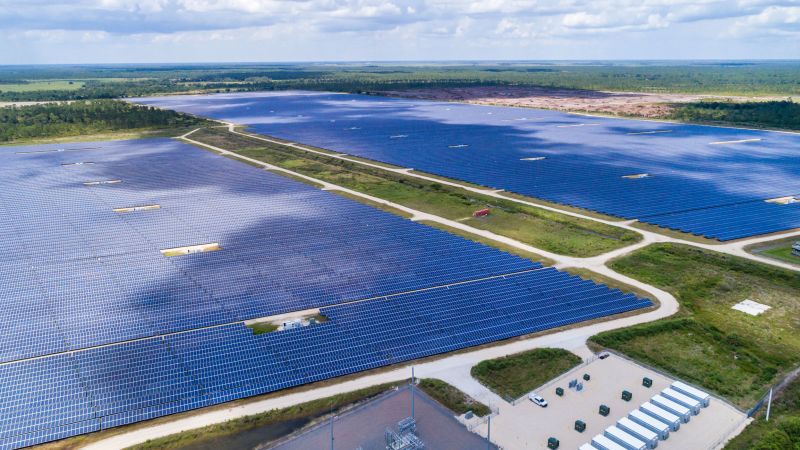J.R.
Erstwhile
- Region
- USA
I have some serious reservations with the many inexpensive (cheap) solar generators, power packs and battery backups. When I did a lot of work from home I had battery backup for my computers and it was an expensive investment, paid for by my employer. Tiny system, just for the PC and peripherals. Today you can see a flood of generators and power stations online, Amazon and Ebay. Its not like the old days when we knew the companies behind products, they had a track record. Who knows these Chinese companies that are making these battery systems? Are they safe? The "brands" are here today and gone tomorrow. More and more battery fires being reported, another over the weekend in NYC killed an 8 year old girl.
Be careful everyone!
Be careful everyone!

